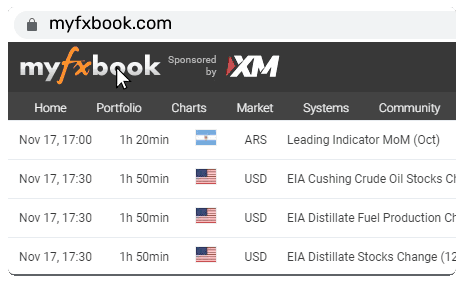RBA Signals Less Confidence in Need for Further Hikes

The US dollar staged a recovery during the overnight session, rebounding after experiencing significant selling pressure at the close of the previous week. This rebound led to the USD/JPY pair reaching an intra-day high of 150.40, while the EUR/USD pair dipped below the 1.0700 level. The strength of the US dollar was most pronounced in its gains against the Australian dollar, which saw a nearly 1.0% decline. Surprisingly, the Australian dollar underperformed despite the Reserve Bank of Australia (RBA) deciding to raise its policy rate by an additional 0.25 points, bringing it to 4.35%. This marked the first interest rate hike by the RBA since June.
However, the RBA's updated forward guidance conveyed a less hawkish stance regarding the necessity for further rate hikes. In their accompanying policy statement, they removed the reference suggesting that additional tightening "may be required" and replaced it with the statement that "whether" further tightening is necessary will depend on economic data.
RBA Statement
Source: RBA
This shift indicates that the RBA is less confident about the need for additional rate hikes in the current tightening cycle. This adjustment aligns the RBA's stance more closely with that of other G10 central banks, such as the Bank of England (BoE), European Central Bank (ECB), Federal Reserve (Fed), and Bank of Canada (BoC), which have all indicated in recent policy meetings that they are comfortable with interest rates having reached sufficiently restrictive levels. This change in guidance leads me to believe that the RBA's policy rate has likely peaked.
Although the Australian rate market remains somewhat unconvinced, still pricing in approximately 21 basis points of rate hikes by the middle of next year, the RBA's shift to data-dependent mode means that it will require stronger-than-expected inflation data to prompt further rate hikes. The unexpected strength in the Australian Consumer Price Index (CPI) report for the third quarter was the primary reason for the RBA's latest rate hike. The RBA acknowledged that inflation risks are "proving more persistent than expected a few months ago" and therefore, they delivered another rate hike to have greater confidence in achieving their inflation target. The RBA now anticipates inflation to be around 3.5% by the end of the next year, reaching the upper end of the 2-3% target range by the end of 2025. This contrasts with their previous forecasts, which predicted 3.25% inflation by the end of 2024 and a return to the 2-3% range in late 2025.
While I’m sceptical that upcoming economic data will trigger further rate hikes by the RBA, their concerns about persistent inflation risks could discourage them from lowering rates prematurely next year. I anticipate that there is still room for the Australian rate market to scale back its expectations of rate hikes, which will continue to exert downward pressure on the Australian dollar. Additionally, the external economic environment remains challenging for the Australian dollar due to weak global growth, which is likely to further weaken next year in response to tighter monetary policies. As a result, it may prove difficult for the AUD/USD exchange rate to climb back above the 200-day moving average, situated just above the 0.6600 level in the near term.
This content may have been written by a third party. ACY makes no representation or warranty and assumes no liability as to the accuracy or completeness of the information provided, nor any loss arising from any investment based on a recommendation, forecast or other information supplied by any third-party. This content is information only, and does not constitute financial, investment or other advice on which you can rely.



















